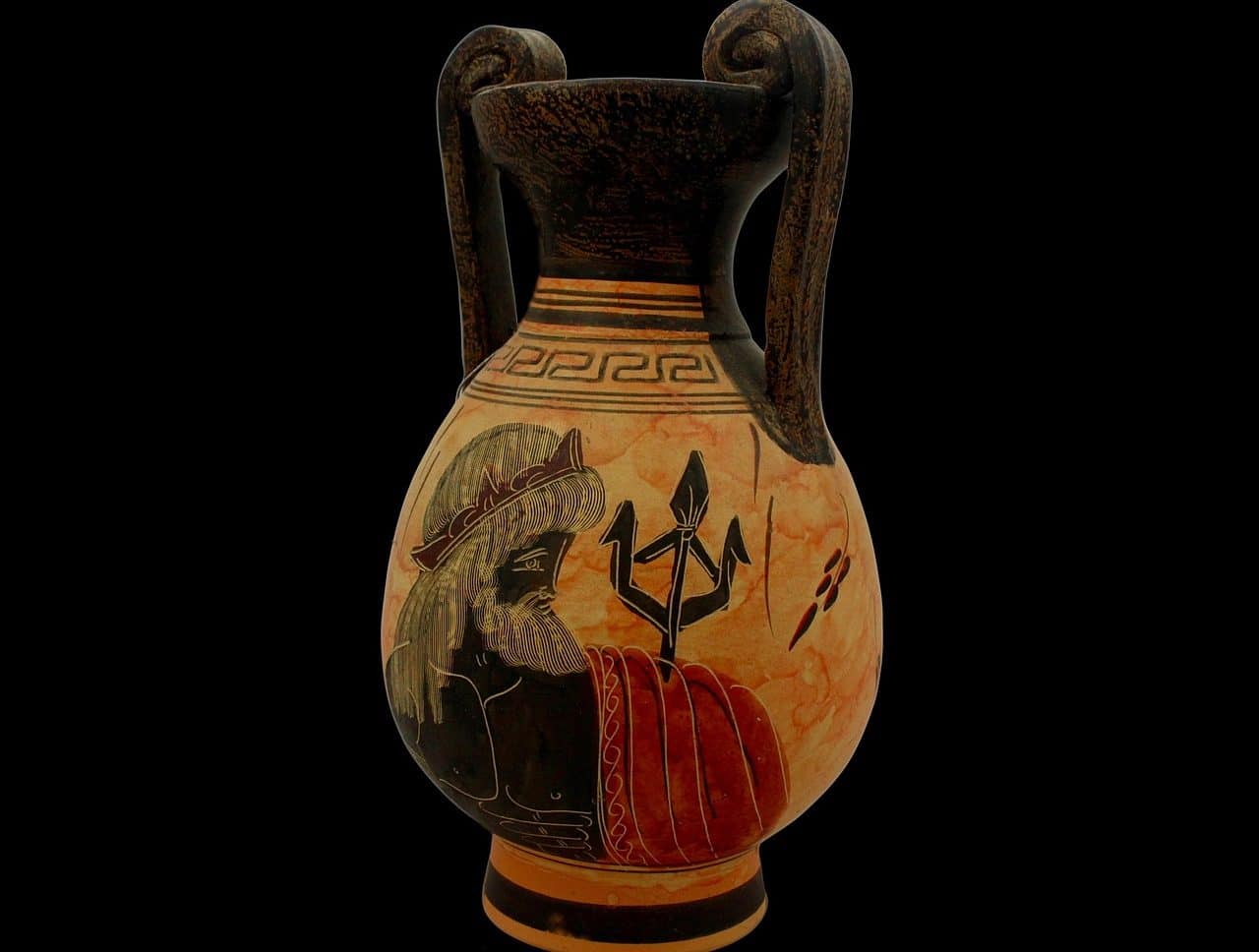
An amphora is a jug with two handles.
An amphora is a pitcher (vessel, vase) of narrow and elongated shape, which has an extensive neck and ends in a point, according to the first meaning mentioned by the Royal Spanish Academy ( RAE ) in its dictionary. This container was very popular in the Roman Empire and Ancient Egypt .
The etymological origin of this word is found in the Latin amphora , in turn derived from the Greek amphoreus . This is the name given to a vessel that had two handles and had a capacity of approximately 26 liters. That is why today the concept refers to a container that has two handles or handles .
Origin of the amphorae
The oldest vessels date back to the 15th century BC . The Aegeans were the first to use them and then the Romans, Greeks and other peoples joined in. At that time, amphorae were used to store and transport various food products: oils, wines, cereals, olives, etc.
Most amphorae were made of ceramic , although metal amphorae also existed. Its use was massive until the 7th century . Then containers made with leather or wood began to become popular.
Beyond these specifications, the types of amphorae were numerous. The ceramic container that stored the olive oil that was awarded as a prize within the framework of the Panathenaic Games is known as a Panathenaic amphora , for example.

The amphorae can display different designs and ornamentations.
Some examples
Among the most important ancient amphorae that have managed to survive over time, we can highlight the following:
- Dipilon amphora . It dates back to the year 750 BC. C. , is Greek and is considered to have a marked late geometric style. It is currently considered the great work of the master of Dípilon , who was a painter specialized in Greek vases. Today it is part of the collection of the National Archaeological Museum of Athens and stands out because it is absolutely covered in traditional motifs, abstract elements and ornaments. In the area of the handles there are a total of 39 human figures represented.
- Funeral Amphora . This vase work is made of clay and dates back to around the year 435 BC. C. It is of archaic Greek style, is today in the Vatican Museum in Rome and represents a scene in which the gods Achilles and Ajax are playing dice while holding their weapons. His technique is called black figures. As its name itself, it is made by Exequias , who was a painter and ceramist who is considered one of the best artists of this aforementioned technique.
The amphora as a unit of measurement
Notably, amphorae also gave rise to various measures of capacity.
Among the Romans, an amphora was equivalent to 26.2 liters . The weight of the amphorae filled with water, on the other hand, was equivalent to a talent: a measure of weight that was also used as a unit of currency.
